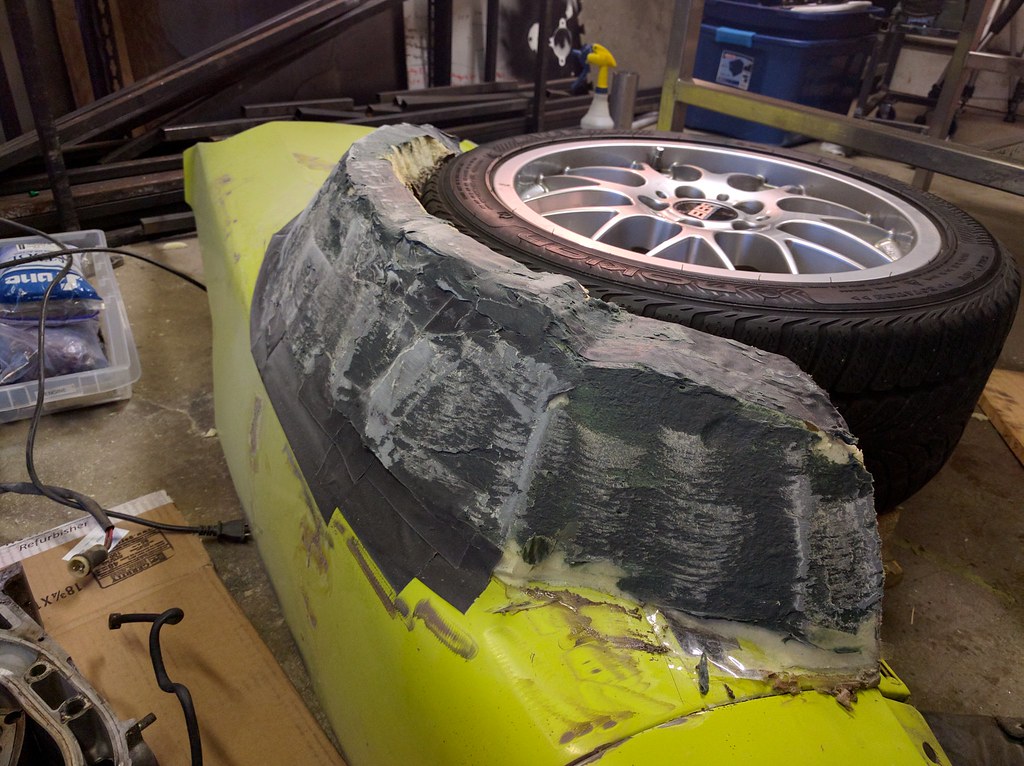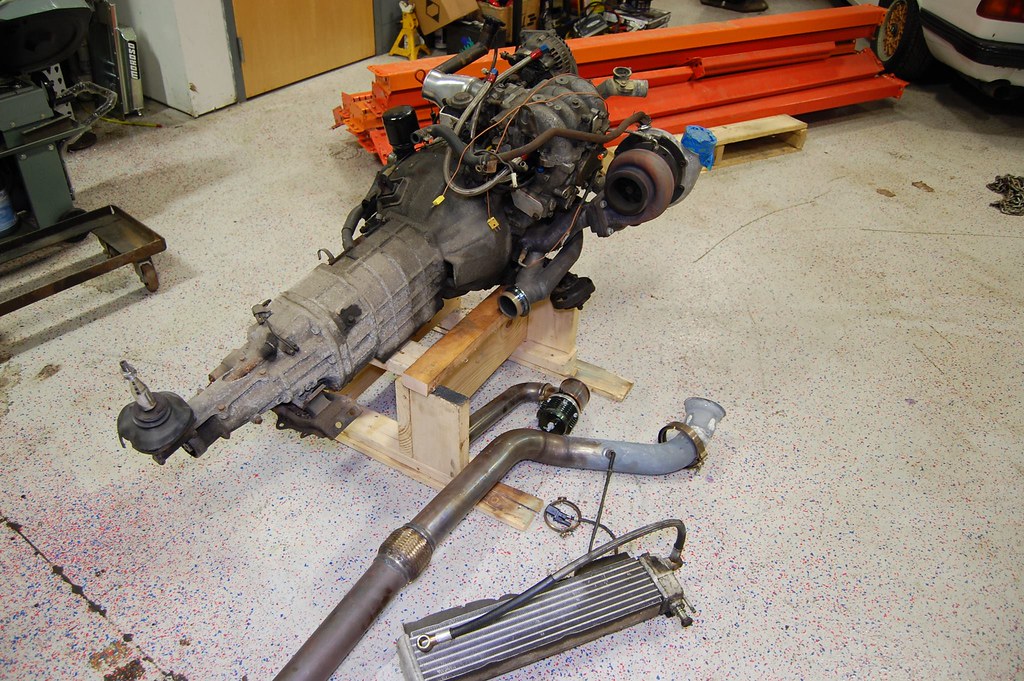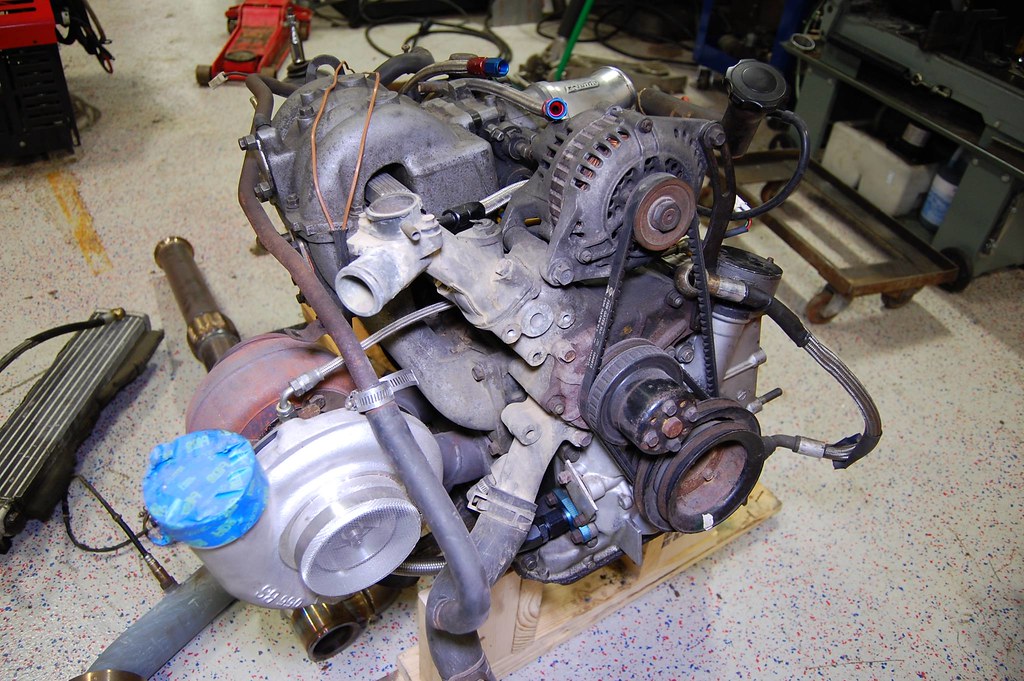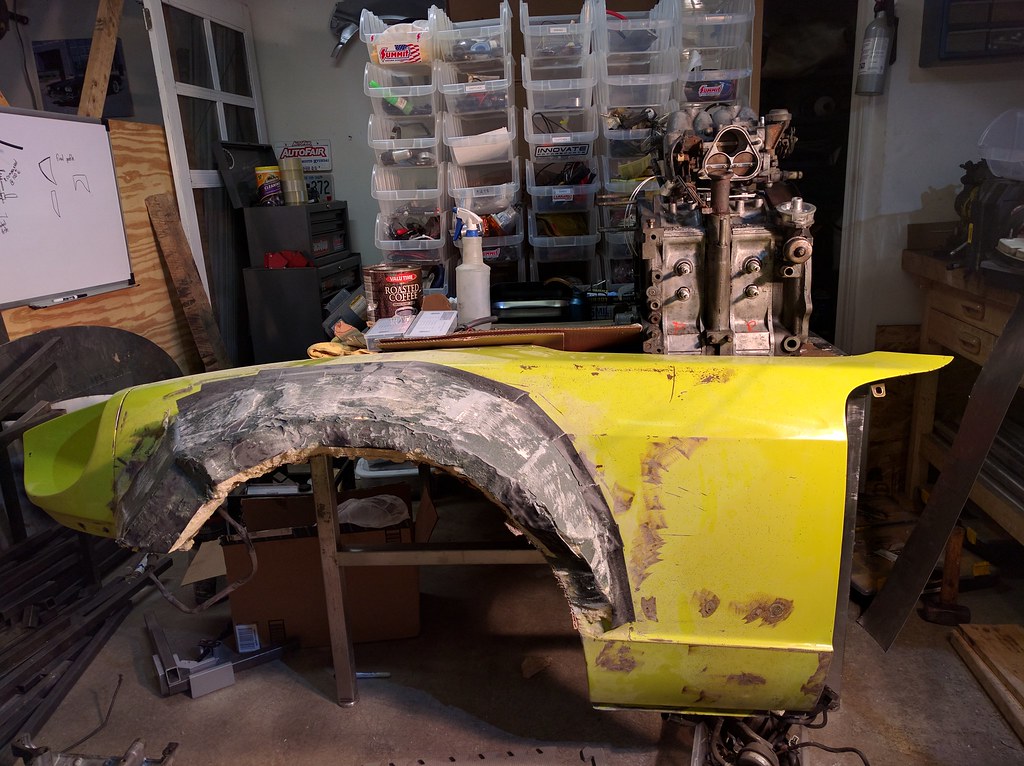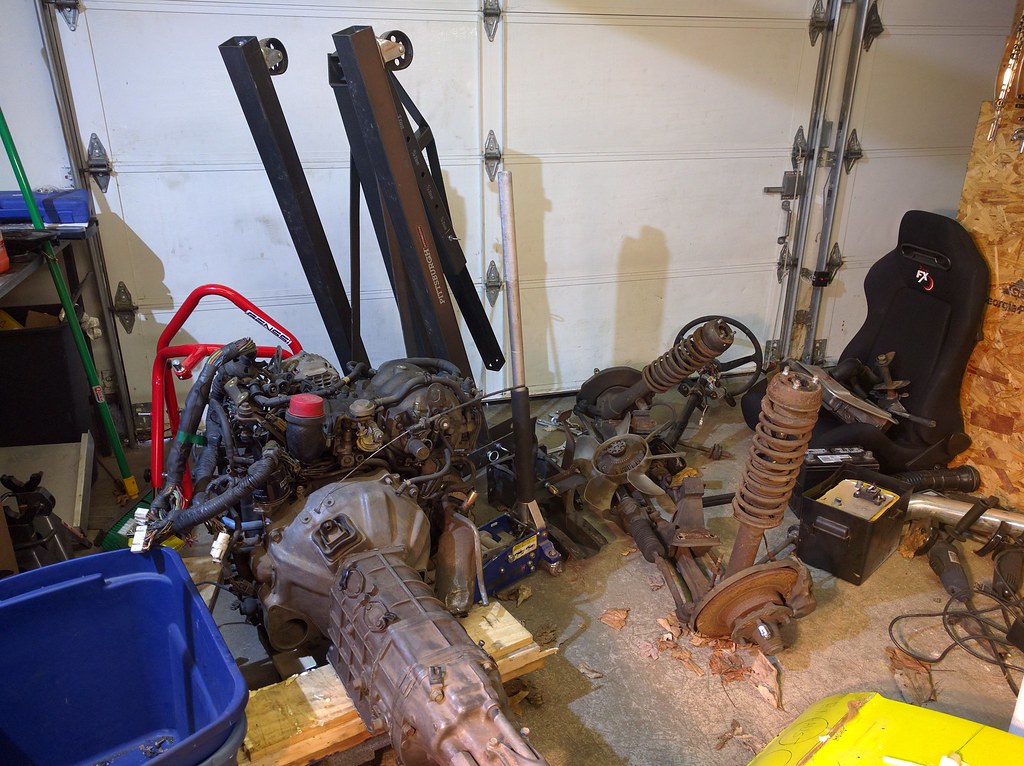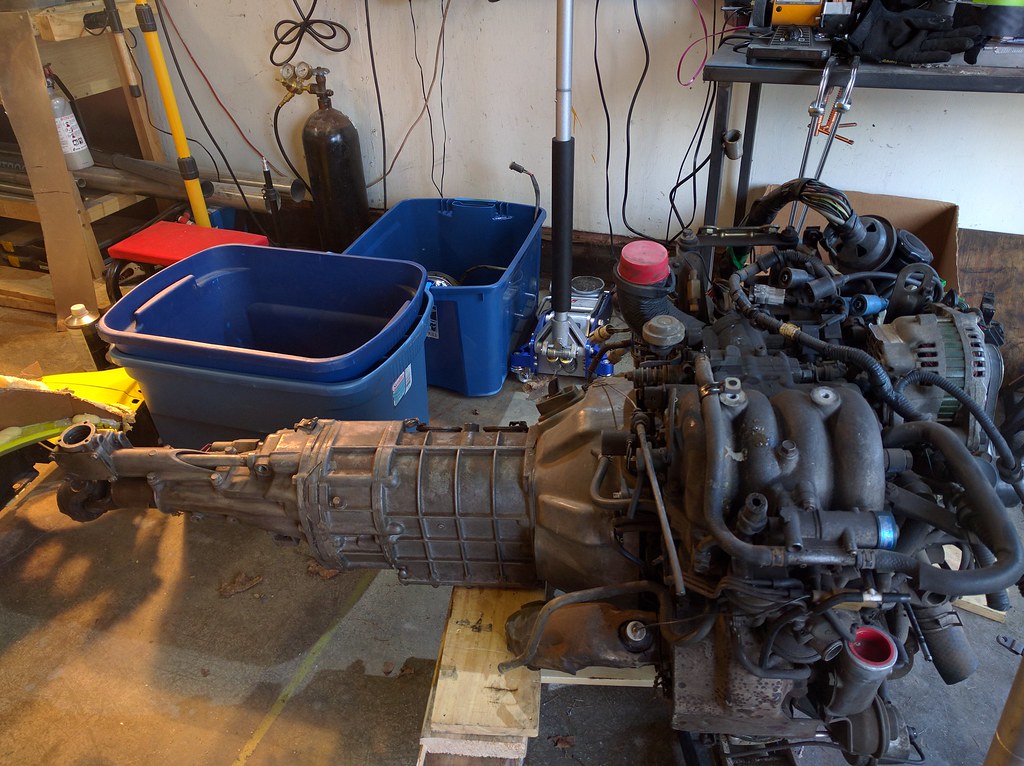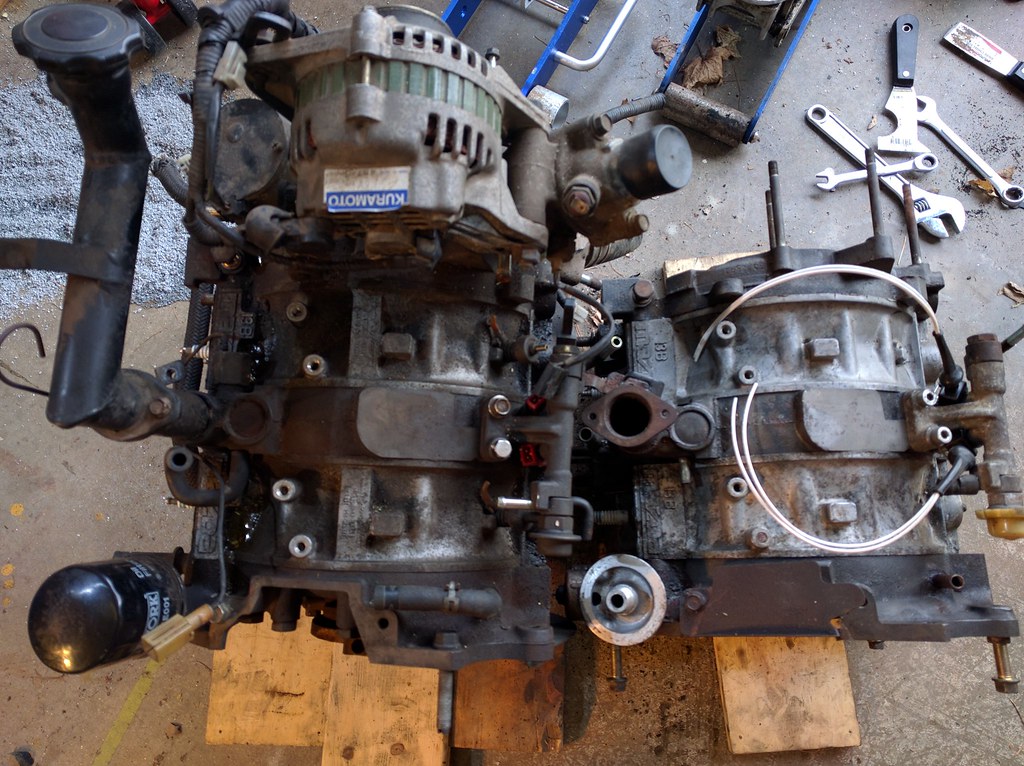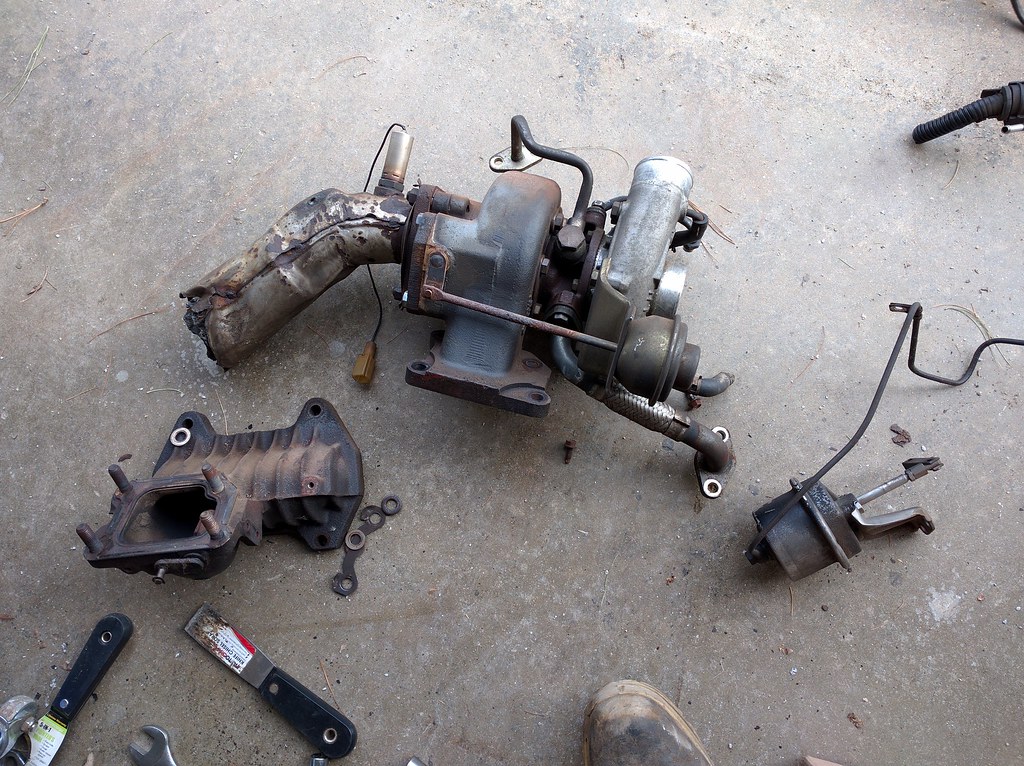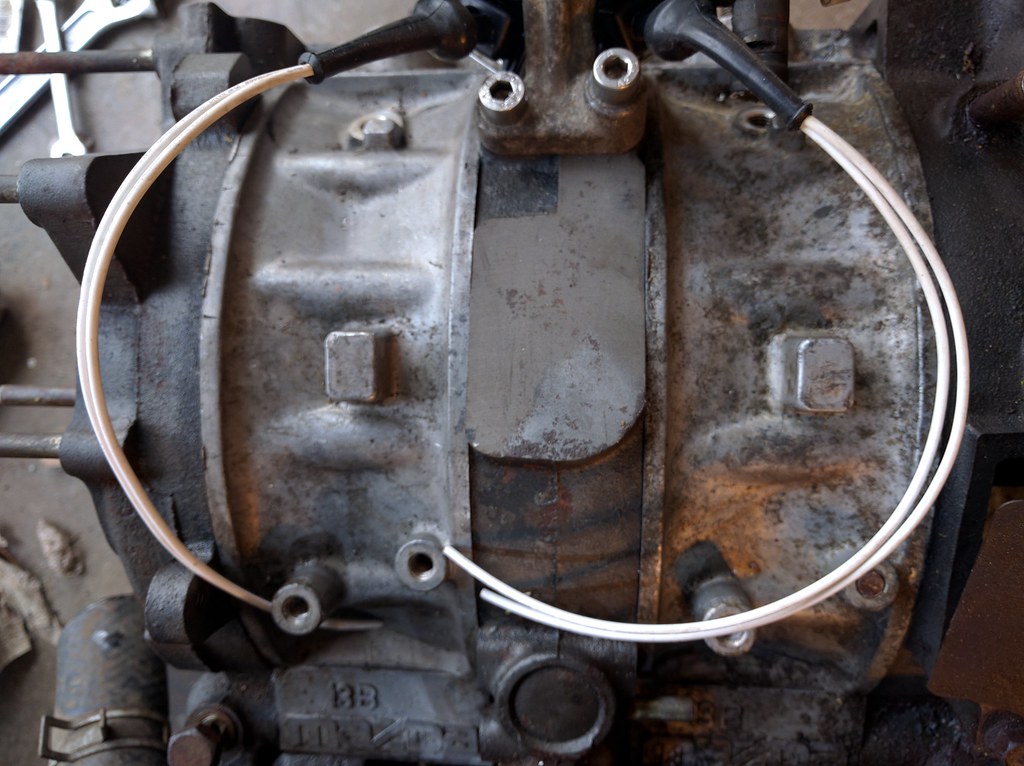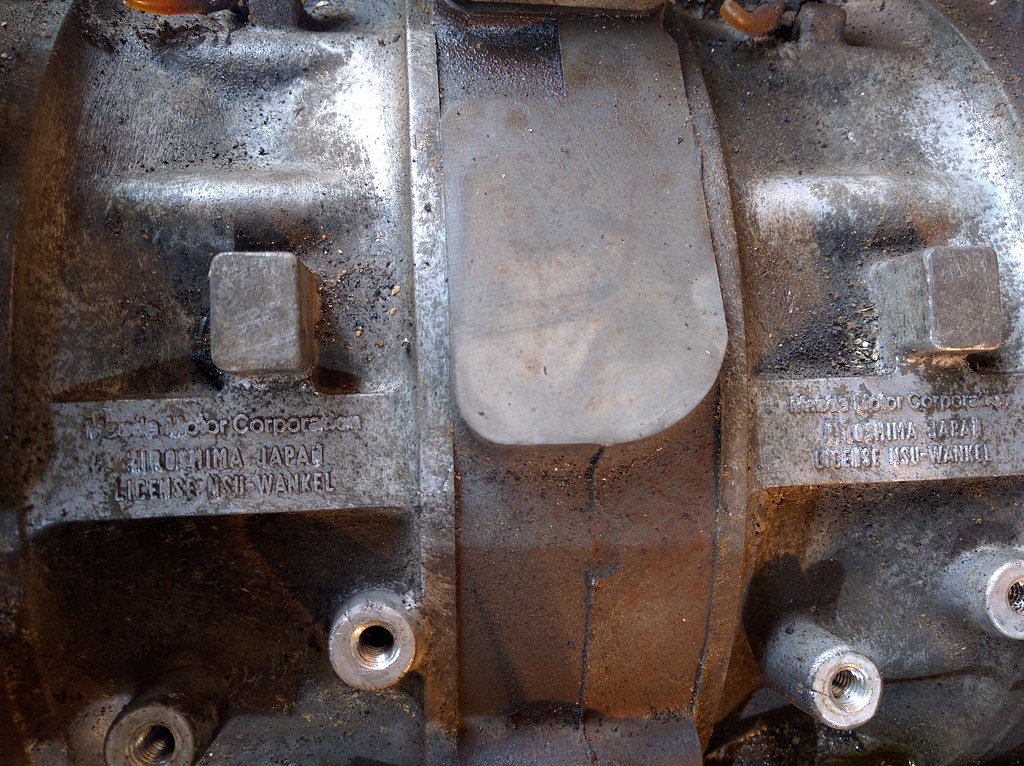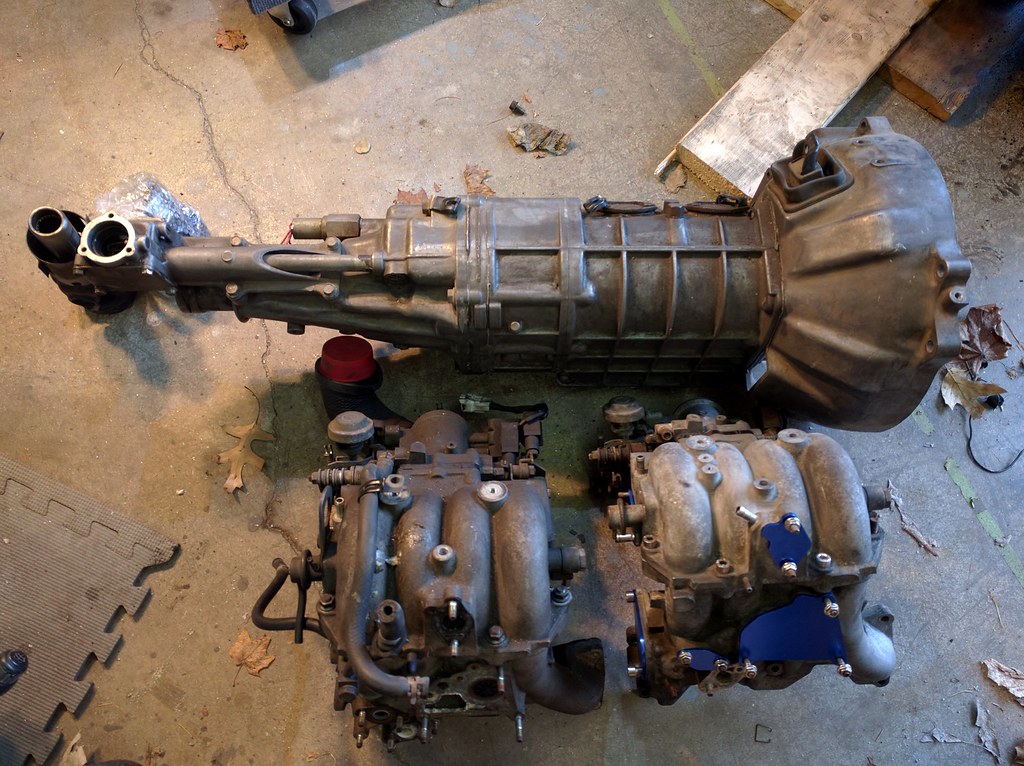An History of Things
(alternatively, THIS IS NOT A DATSUN)
I've been putting off starting a GRM build thread for awhile, but I suppose there's no time like the present. It all started in 2014, when I raced in my first hillclimb race
... no wait, it started before that, in 2013, when I volunteered as a safety worker for my first hillclimb race
... no ... wait, that's wrong too. It all started when I realized I like cars.
After a long chain of events, I bought my fourth Datsun s30, a sad 1975 280z with an l28et under the hood. The first thing I do with any car is sell off all the cosmetic 'stuff' that makes maintenance more difficult, as long as it doesn't make the car faster.

In this case, it meant the body kit went away for $500.

The Borg-Warner/Nissan t5 went away for an additional $500.
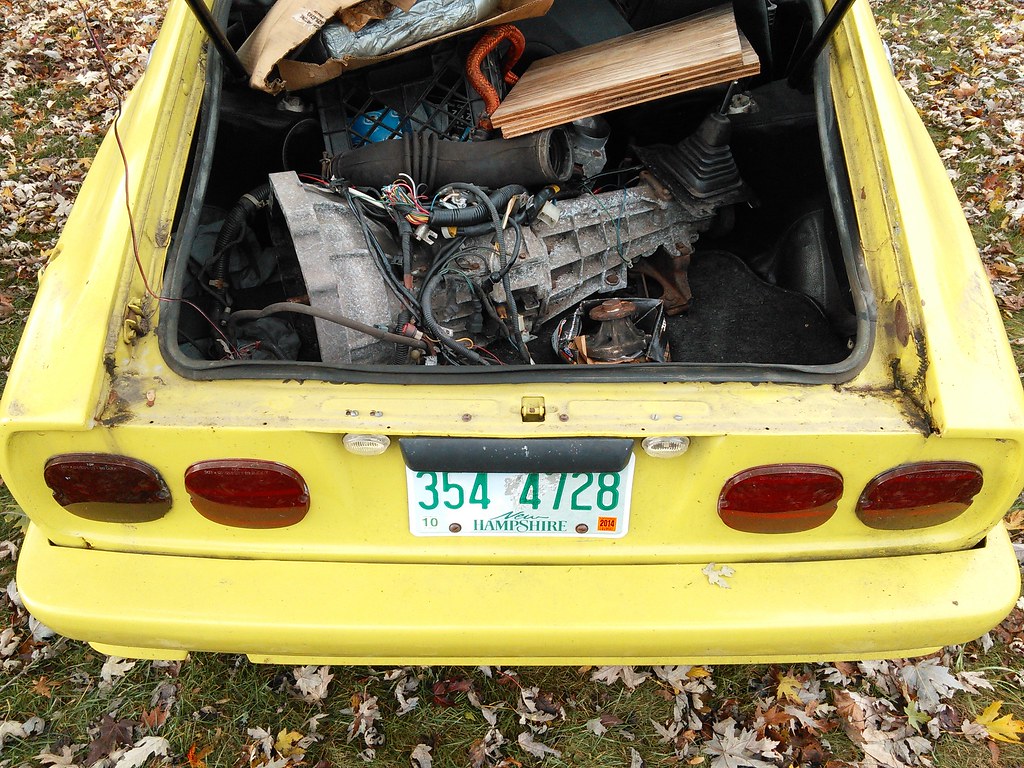
... and I put that money toward a Megasquirt3 setup for the l28et.
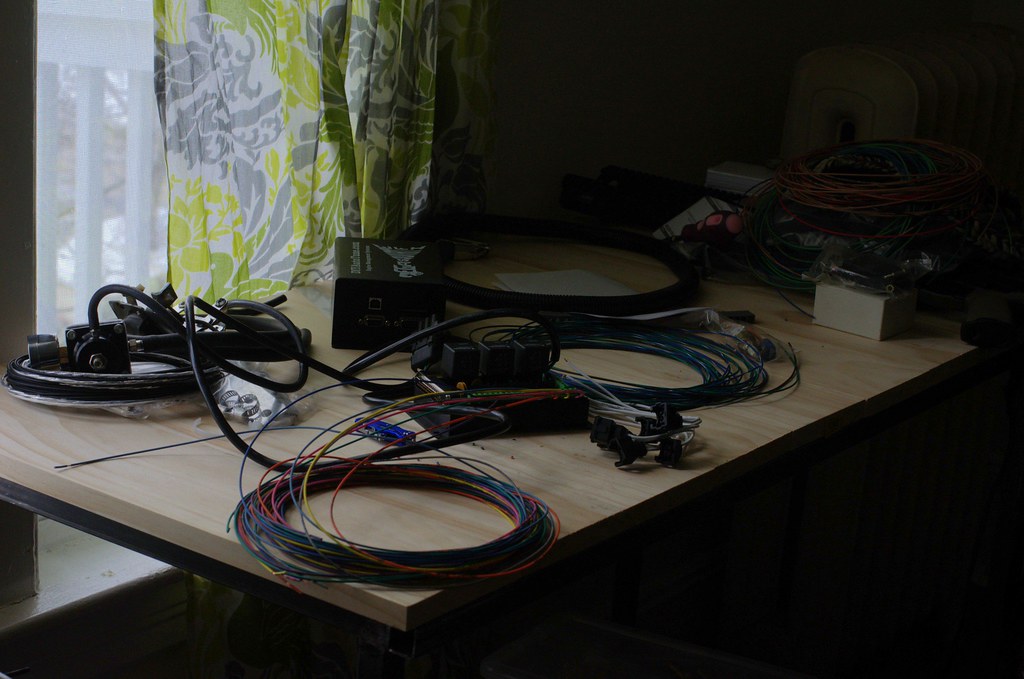
I quickly realized that I wouldn't have this thing ready for the first hillclimb, event and bought a bone-stock 1.6 Miata that I raced for the next two seasons (2014 and 2015). They say Miata Is Always The Answer, and it treated me extremely well. With a few modest upgrades, it carried me through both seasons to win my class. However, I never quite fell in love with it, and decided it was time to finally sell it off and put some real focus into the Datsun.
I tinkered with the Datsun off-and-on for awhile, but mostly planned out what I really wanted to do with it, and saved up my pennies.

Rear End Decisions
When it became time to 'get serious', I decided the Chapman suspension in the rear, coupled with the open long-nose r200 differential, and u-joint axles just wasn't going to cut it. I mean, that differential is held in place with (I kid you not) a leather strap. It's a bit of a mess (sold that assembly for $500).

Eventually, I settled on the Nissan 240sx rear subframe and suspension (purchased for $250). It gives a very tuneable multi-link design, gobs of aftermarket support, a much easier-to-lsd short-nose r200, good axles, and the subframe just has 4 simple mounting points (simple to tie in to a cage). Mocked up, I found that it was pretty wide, compared to stock.
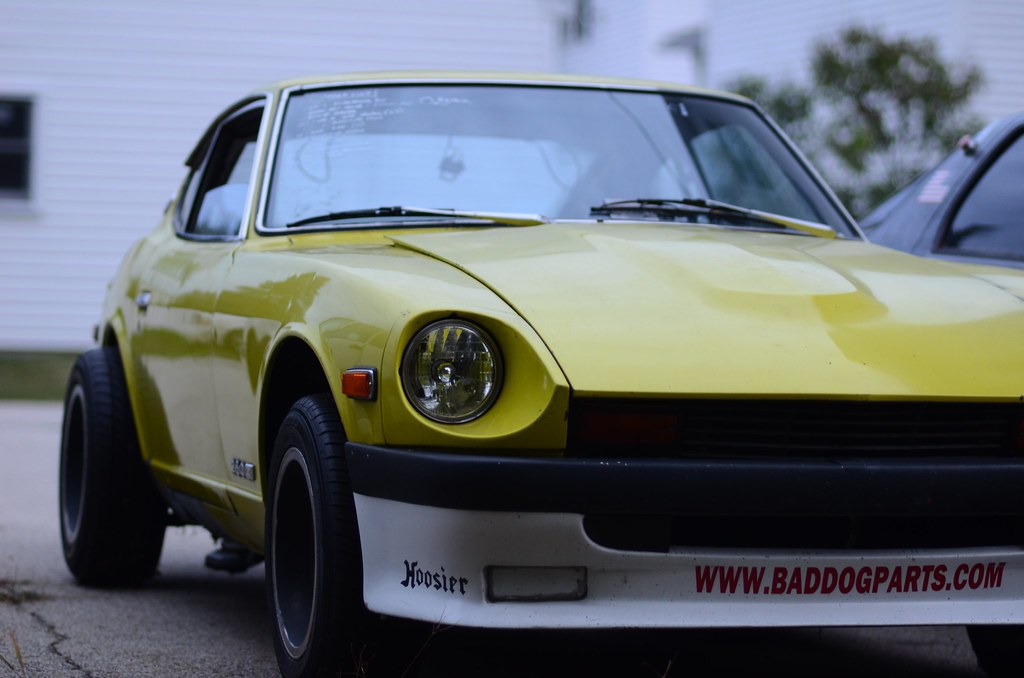

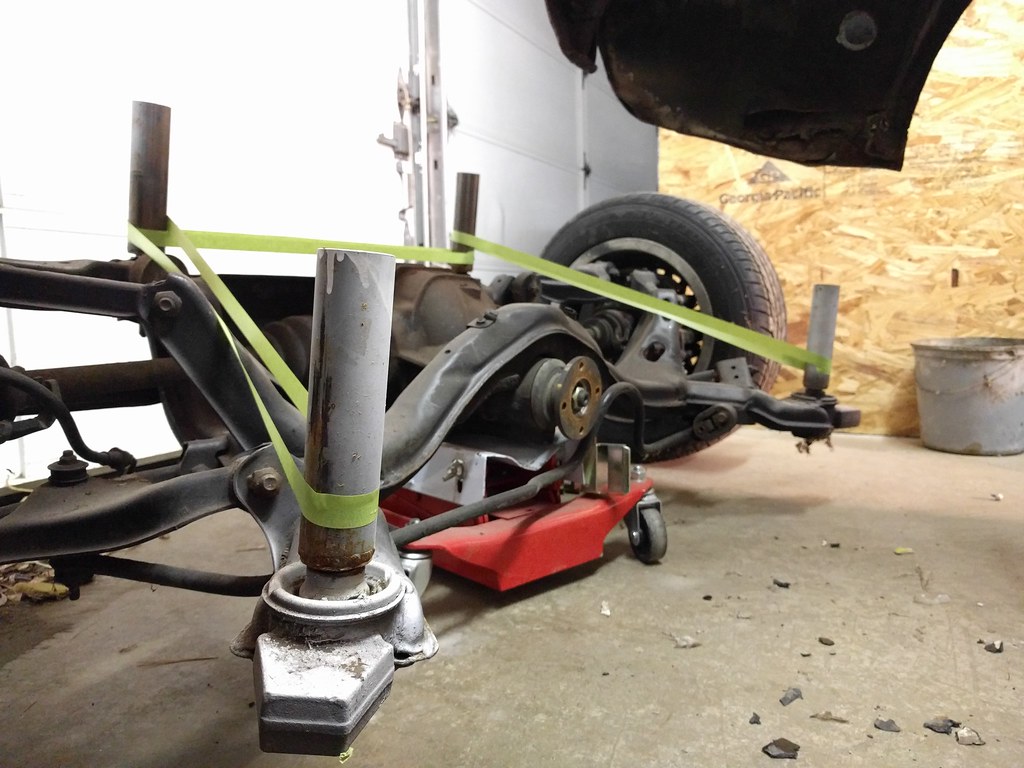
Front End Decisions
In the front, the Datsun comes with an OK Macpherson design, but the aftermarket support is both limited and expensive. All four corners use a fixed strut cartridge design, so coilovers require a fair amount of fabrication, and even after that, the geometry isn't quite ... right. Plenty of people have made it work extremely well on plenty of race tracks, but hillclimbs are more like rally courses than typical racetracks. The surface can be very rough.
I searched and searched and searched, trying to find a good front-end donor. The Miata front suspension is kind of a work of art, but that spider-like subframe makes install difficult. The s2000 and FD3s would be great candidates, if they weren't a bajillion dollars per bolt. Circle track parts are well suited ... but I wanted longer travel than a typical setup would allow, and front suspension is complicated to re-engineer. After a long, long time, I came to a decision: New Datsun (Nissan)
I called Dave up and asked if he was up for a salvage yard run, and we picked up an Infiniti G35 front end for $1100 (less than a front coilover conversion, with a better steering rack, steering column, and brakes included!). We hauled that up to where the chassis now sits ... which we'll get to in a moment.


Squishy Human-Meat-Compartment Decisions
After I decided to get serious, I looked back on the progress I had made on the Miata while I owned it. The Miata is very simple to cage, but I spent a lot more time and energy on it than necessary, and I still wasn't totally and completely happy with it. I decided to drop it off with a fabricator that I know and respect (Joey Kale, near Burlington VT), who primarily works on rally and hillclimb Subarus (which means he sees the same cars every two weeks, because something's ALWAYS broken) ... kidding! I'm kidding...
By this point, Joey had finished most of the cage structure, and things were starting to look good. That's Joey on the left, who is enjoying the long process of recovering from Mono.

Engine Decisions
I wasn't happy with the l28et decision, even though I had invested time and money into making power with it. You see, I care far less about power than I do about ease-of-maintenance and size-weight. The l28et is pretty bombproof, and easy to rebuild on the rare occasions when it needs it, but that weight was just killing me. I put so much energy into getting the chassis right, and the suspension right, that I needed to outfit something lighter and smaller to it. I sold the l28et, and explored other options.
I started with the Ford 5.0, which makes sense in every way. It's reasonably light, makes torque for days (even if it's less powerful than the small block Chevy engines, it has better packaging and better low-cost manual transmission options), and is super inexpensive. I picked up a pair of blocks with rotating assemblies, blueprinted them, and started mocking up their fitment. Everything looked good, until I started looking at hillclimb classification, and I didn't like where it would place me.

Dave stepped in again, and after some chatting, I ended up with a pair of 4port 13b turboII engines and transmissions a few weeks later. One went into the back of a truck, and ended up in Burlington with Joey.
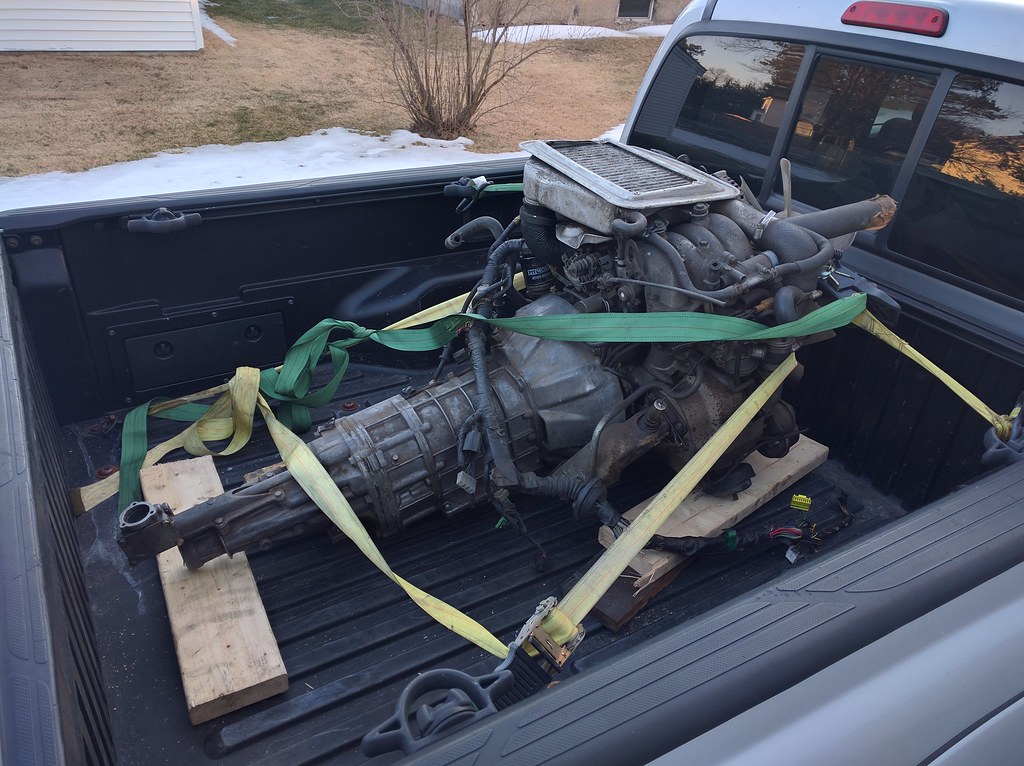
He quickly had that mocked up, and I can't describe the difference in size and weight.
... so here are some photos instead.


Deadlines
Our first hillclimb is May 20, 2016. That's 82 days, including weekdays/holidays (23 weekend days). It's a technically challenging hill, and I'd really really like to shake the car down before I head up there. As you can probably see, there's a fair amount of work left to do, though.
Here's the rough to-do-list:
- Mount front subframe
- Plumb brakes
- Mount fuel cell
- Plumb fuel
- Get the engine running (OEM EFI, Megasquirt3, or VEMS are all on the table)
- Convert 4-lug 240sx hubs to 5-lug to match the g35 front end)
- Pass inspection to make it street-legal
- Buy wheels/tires
- Add floors
- Make fenders/flares
- Buy a driveshaft
- Make an exhaust
- Mount/plumb cooling (oil cooler, radiator, and intercooler)
- Add rear coilovers
- Fix all the issues that come up as a result of building a whole new car
How hard can it be, right?
Budget
Some people get excited about budgets, and buying specific things. I've been detailing this year's budget in a simple spreadsheet that lets me know how sad I should be about this. 2016 s30 Budget









